Currently, the United States has been known for guns and weapons being in school. Recently, Ballard has been victimized for being a known threat to JCPS. Monday (9/16/24), we had a gun threat to our school via Snapchat. We have a great staff at Ballard, and students here feel safe. However, it must be known that the community of students at Ballard needs to know more about these events. Many students were not at Ballard Monday morning because they were scared of what could happen. Luckily, nothing happened. I asked some students what they felt about guns being in schools, not just at Ballard, but in the United States, and what they thought about this upcoming “trend” of school violence.
Mckayla Reid said, “I feel like school is meant for learning math and science, things we are interested in, not how to defend ourselves in violent situations, let alone in school.” Leona Height also said, “I’d rather know the same time something happens, I don’t like to understand from the grapevine because then things get twisted, and I find out about it so much later than it’s needed.” Also, some students say that with no knowledge, they feel unsafe, like they don’t know what is happening. As a student in school, they should know what’s going on, especially if it happens while school is in session.
The Georgia school shooting has shown that we need to have better precautions in school. The weapons detectors at Ballard offer a great system to try and keep the weapons out, however, on Wednesday, we had a student bring a gun into Ballard. We can all agree that this is ridiculous.
Some things we can do to prevent guns being brought into schools, not only at Ballard but in all schools in the United States:
1) Having trained law enforcement officers on school campuses that can help deter potential threats and respond quickly in case of emergencies. Another thing we can do is to increase the number of counselors and mental health professionals in schools who might be able to help identify any support students need and who might be at risk of violent acts and behaviors.
2) Establishing systems where students and parents can anonymously report concerns about potential violence can help prevent incidents before they occur.
3) Teaching students social and emotional skills can help them manage their emotions, build healthy relationships, and recognize warning signs in their peers.
4) Further enforcing laws that prohibit carrying firearms within a certain distance of school grounds can reduce the likelihood of guns being brought onto campuses.
5) Collaborating with law enforcement to create and regularly update comprehensive emergency response plans can ensure schools are being prepared for potential threats.
Guns in schools have had a profoundly negative impact on students’ mental health and well-being. Witnessing or being aware of gun violence can lead to Post-Traumatic Stress Disorder (PTSD), characterized by flashbacks, severe anxiety, and uncontrollable thoughts about the event. This condition can severely hinder students’ ability to concentrate, participate in school activities, and maintain healthy relationships. Additionally, the constant fear of potential violence can result in chronic anxiety and depression, leading to increased absenteeism, lower academic performance, and social withdrawal.
Exposure to gun violence also disrupts students’ ability to focus and learn, often resulting in a decline in academic performance and higher dropout rates. Behavioral issues such as increased aggression, defiance, and other problems can arise, further disrupting the learning environment and leading to disciplinary actions. The trauma from gun violence can have long-lasting effects, influencing students’ mental health and behavior well into adulthood, making it difficult for them to form healthy relationships, maintain employment, and achieve overall life satisfaction. Creating safer school environments is crucial to support students’ mental health and overall well-being.
School Resource Officers (SROs) play a crucial role in maintaining safety and security in schools. These trained law enforcement officers are stationed in schools to provide security, build relationships with students, and intervene in potential threats. Their presence can deter potential threats and provide a sense of security for students and staff. Additionally, increasing the number of counselors and mental health professionals in schools helps identify and support students who may be at risk of violent behavior. Early intervention by these professionals can prevent violent incidents and support students’ overall mental health.
Anonymous reporting systems, such as tip lines or apps, allow students and parents to report concerns about potential violence anonymously. This encourages the reporting of suspicious behavior without fear of retaliation, potentially preventing incidents before they occur. Social and Emotional Learning (SEL) programs teach students skills like emotional regulation, empathy, and conflict resolution, helping them manage their emotions and recognize warning signs in peers, thereby reducing the likelihood of violence. Enforcing gun-free school zones reduces the likelihood of firearms being brought onto campuses, while comprehensive emergency response plans ensure schools are prepared for potential threats and can respond effectively. Thorough background checks for all school personnel enhance the overall safety of the school environment. Exposure to gun violence or the threat of it can have profound effects on students’ mental health, making these measures essential for creating a safe and supportive school environment.
Let’s all remember that some things that happen are out of control, however, it’s still important that people understand how to safely understand these threats that are being shown to us, just in case anything happens, and it is also important that we can fully have knowledge as students and staff to be prepared for any situation.
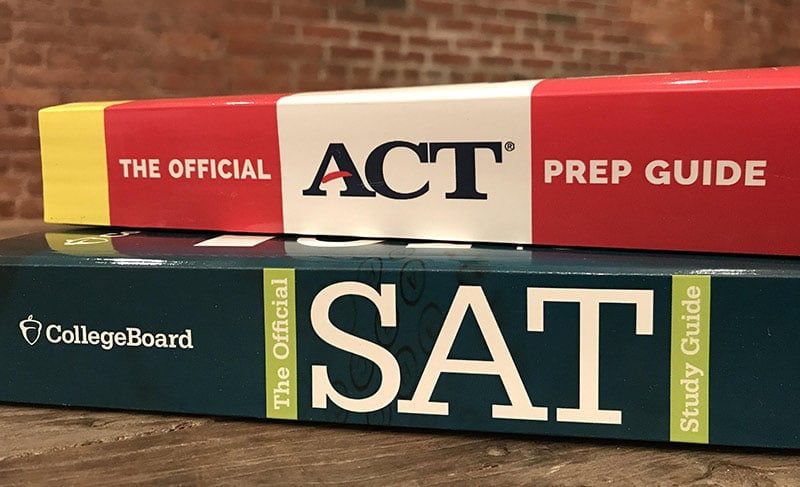

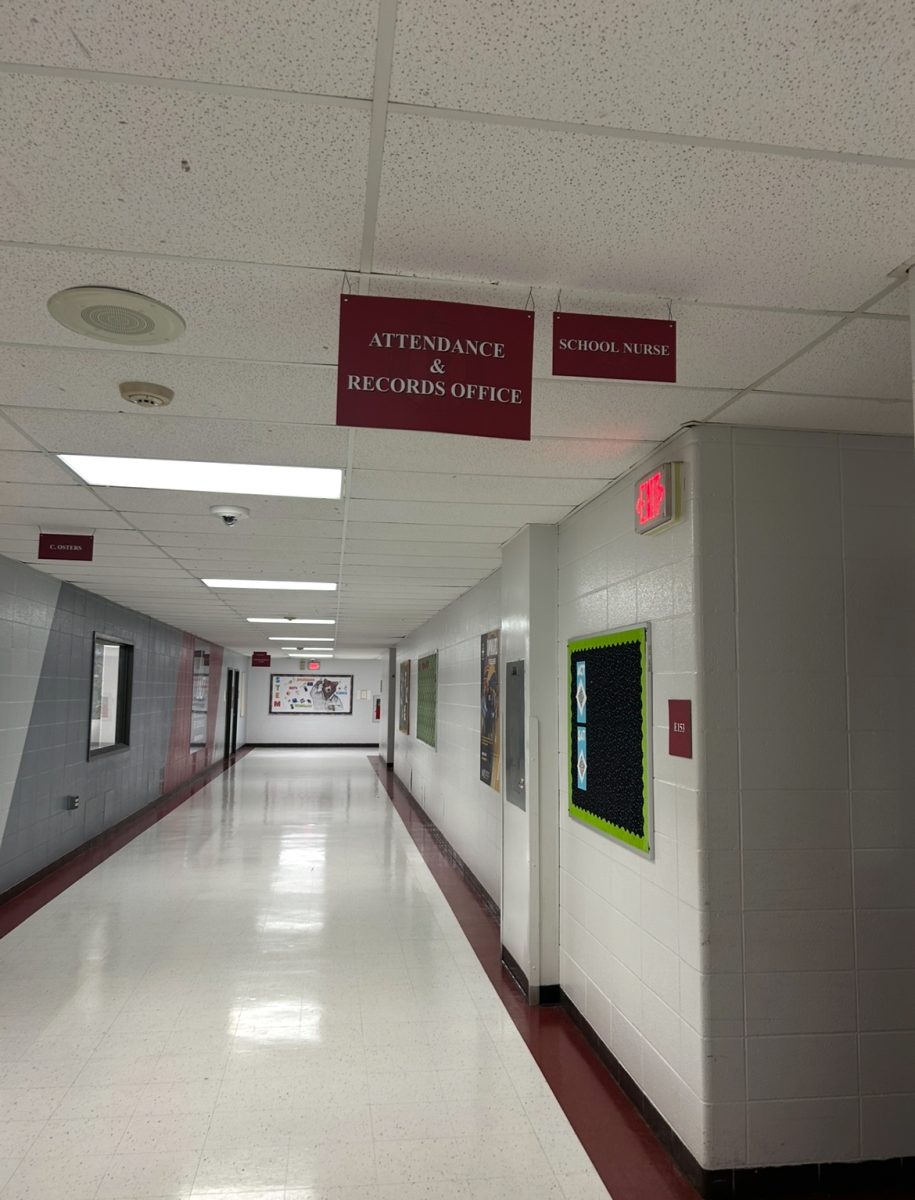


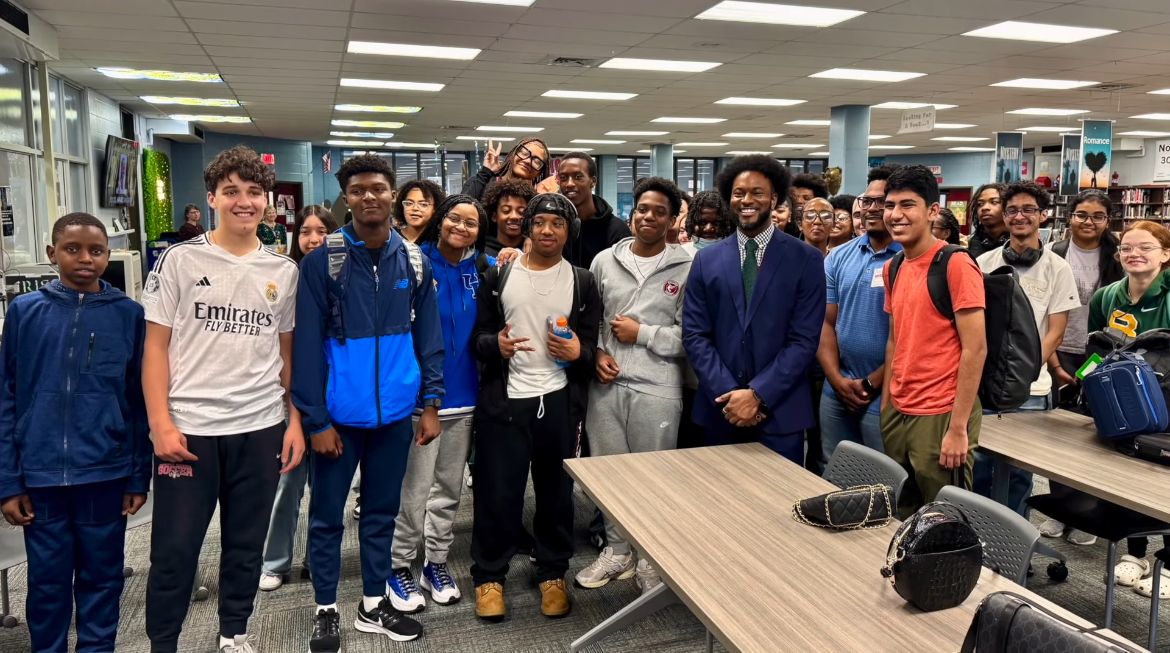

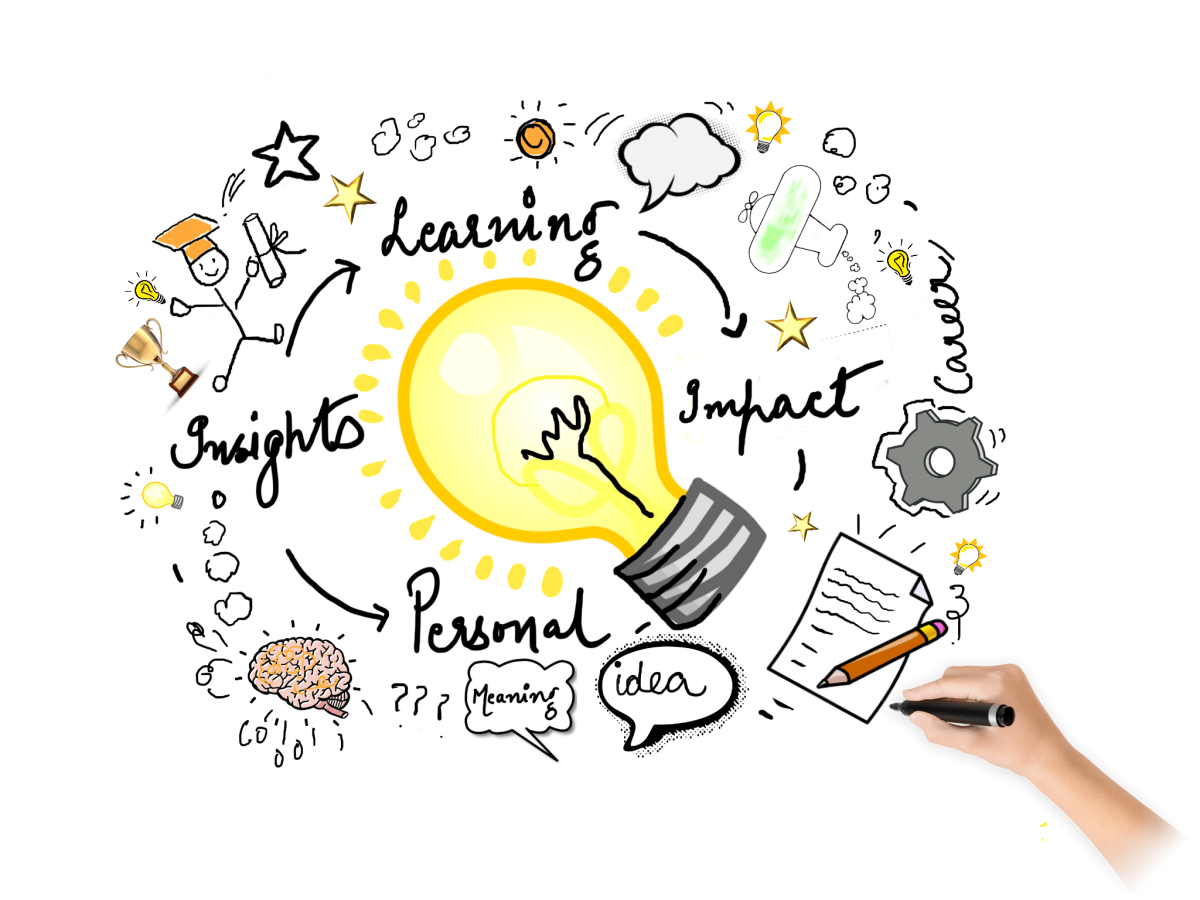
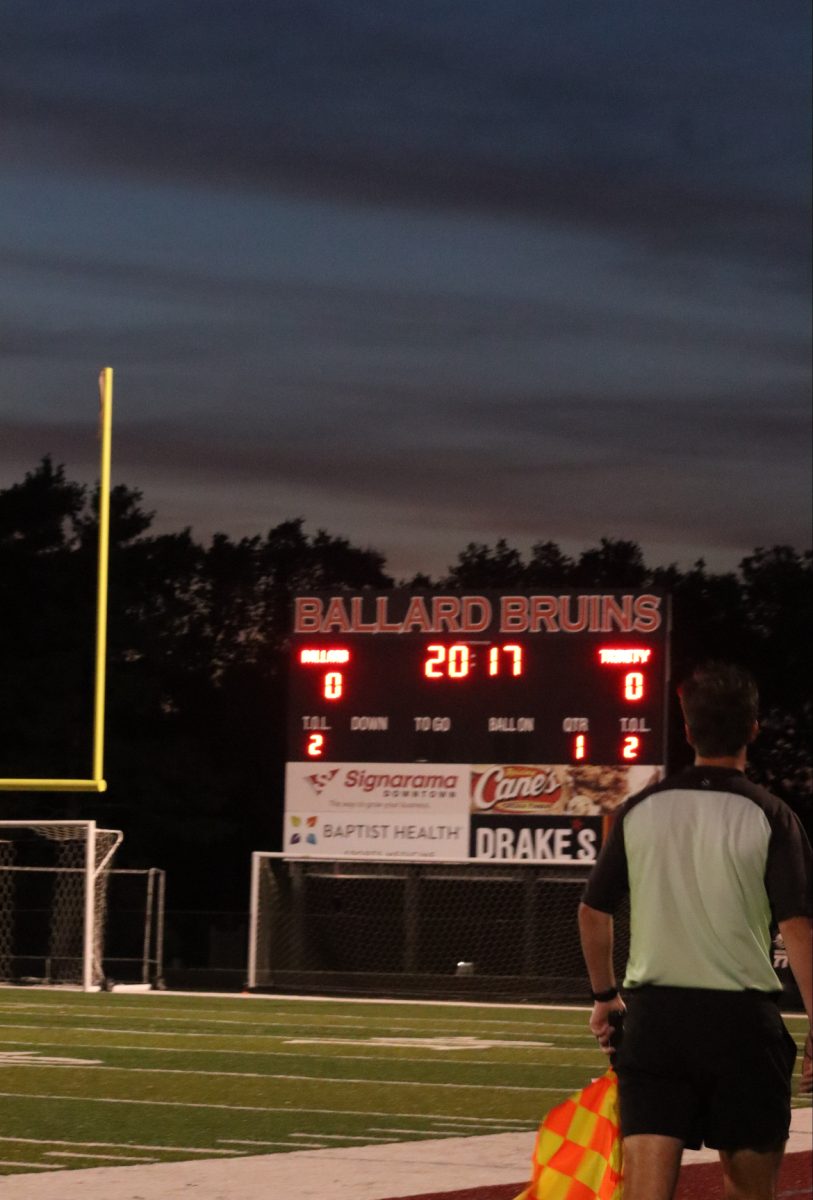

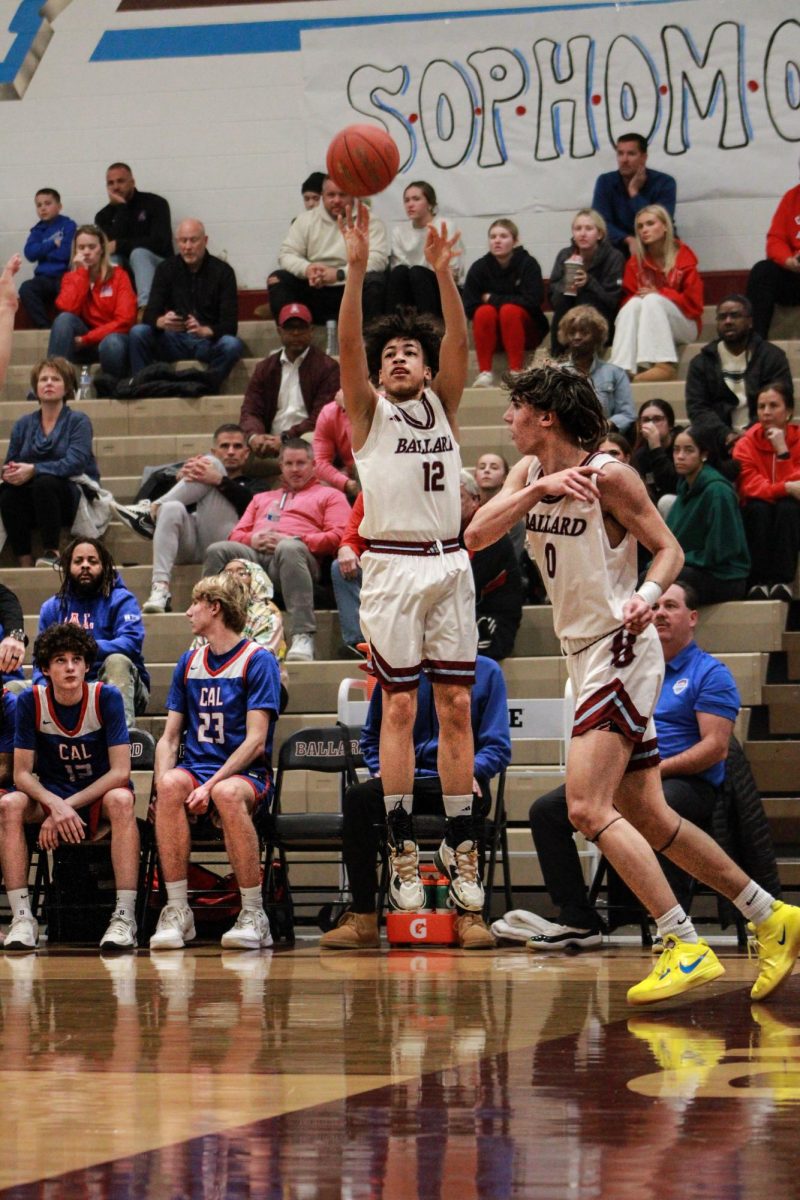
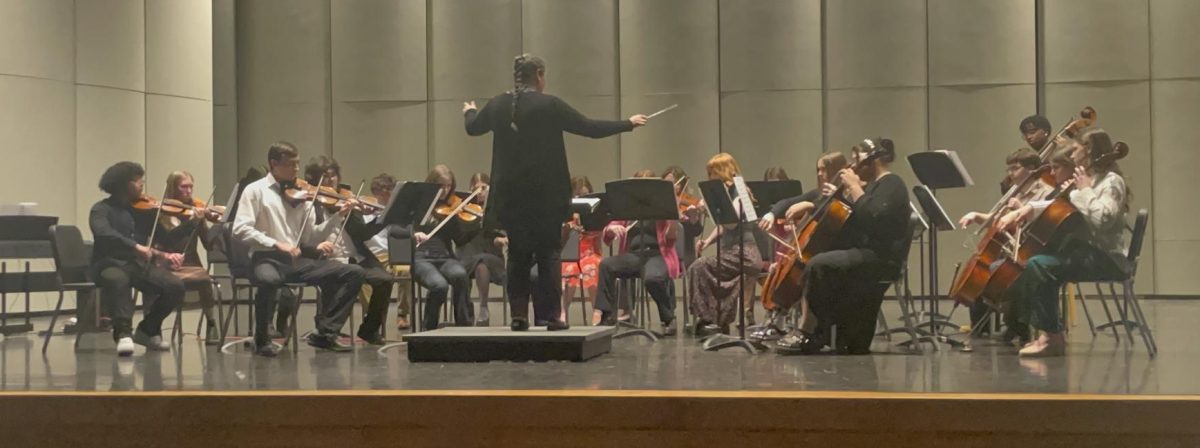




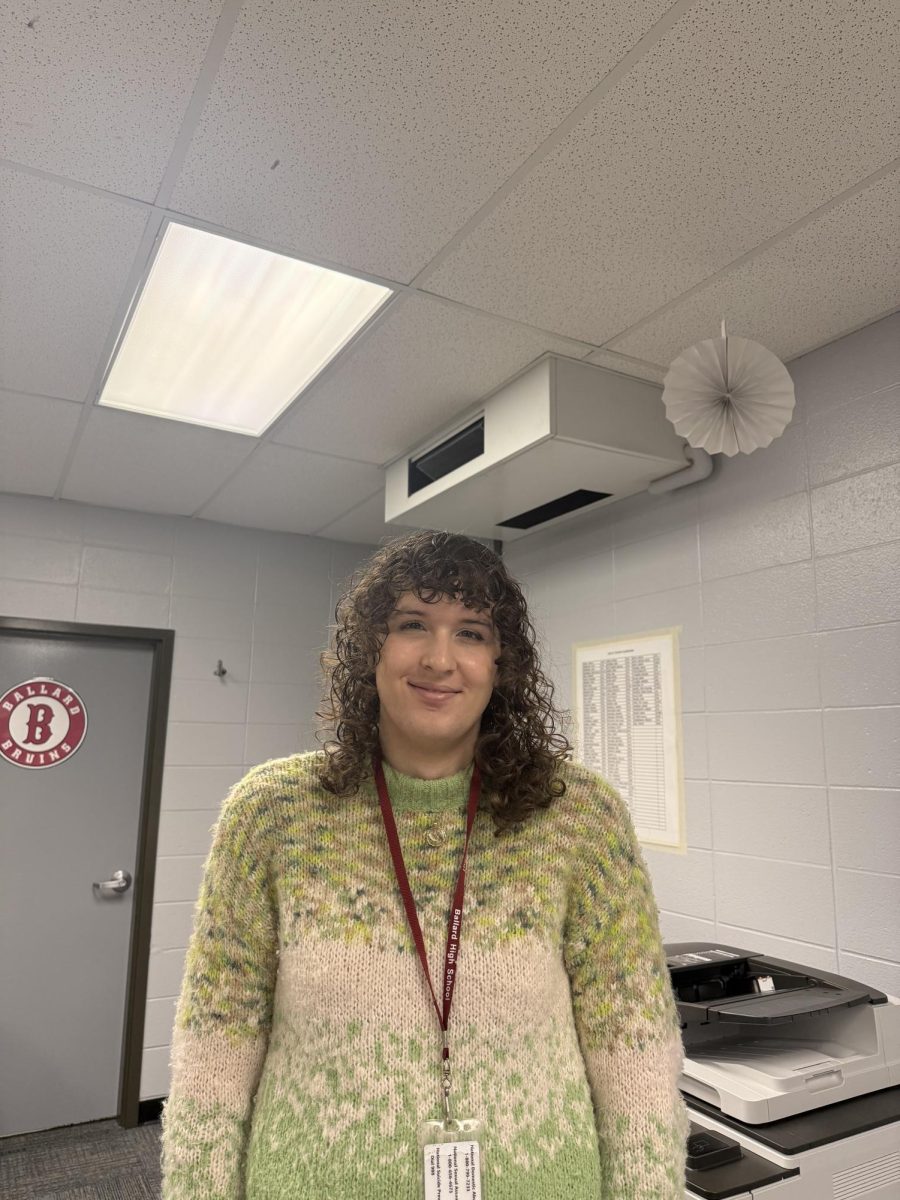
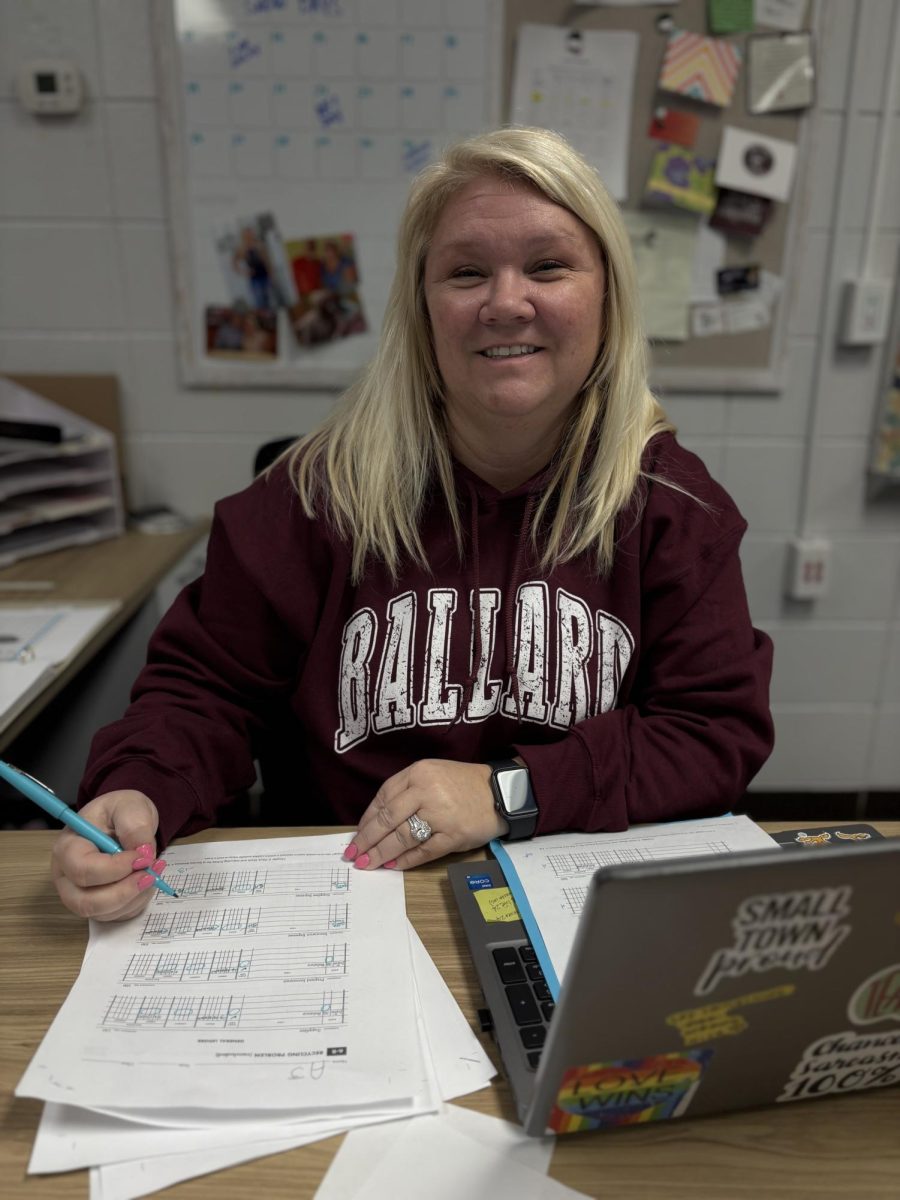






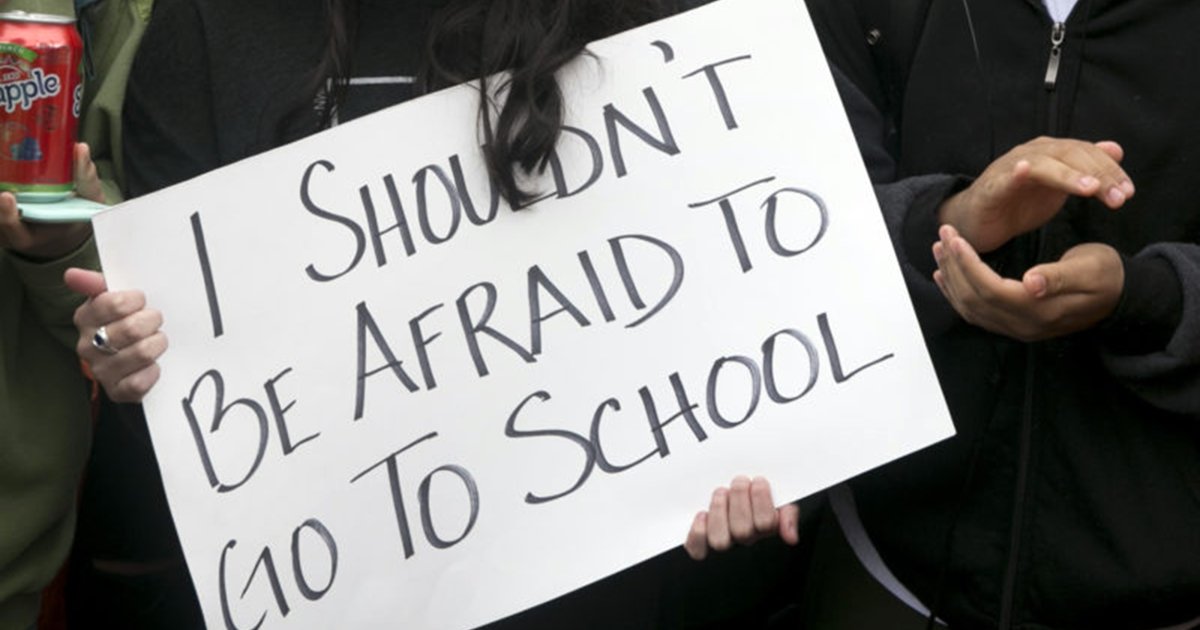
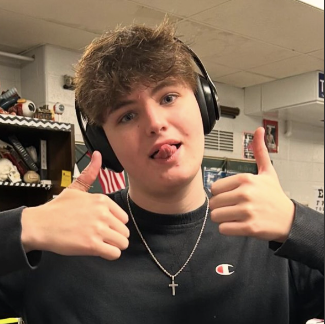
Anonymous • Oct 11, 2024 at 2:01 pm
This is so good, LOVE. Sharing to all of my friends on face book.